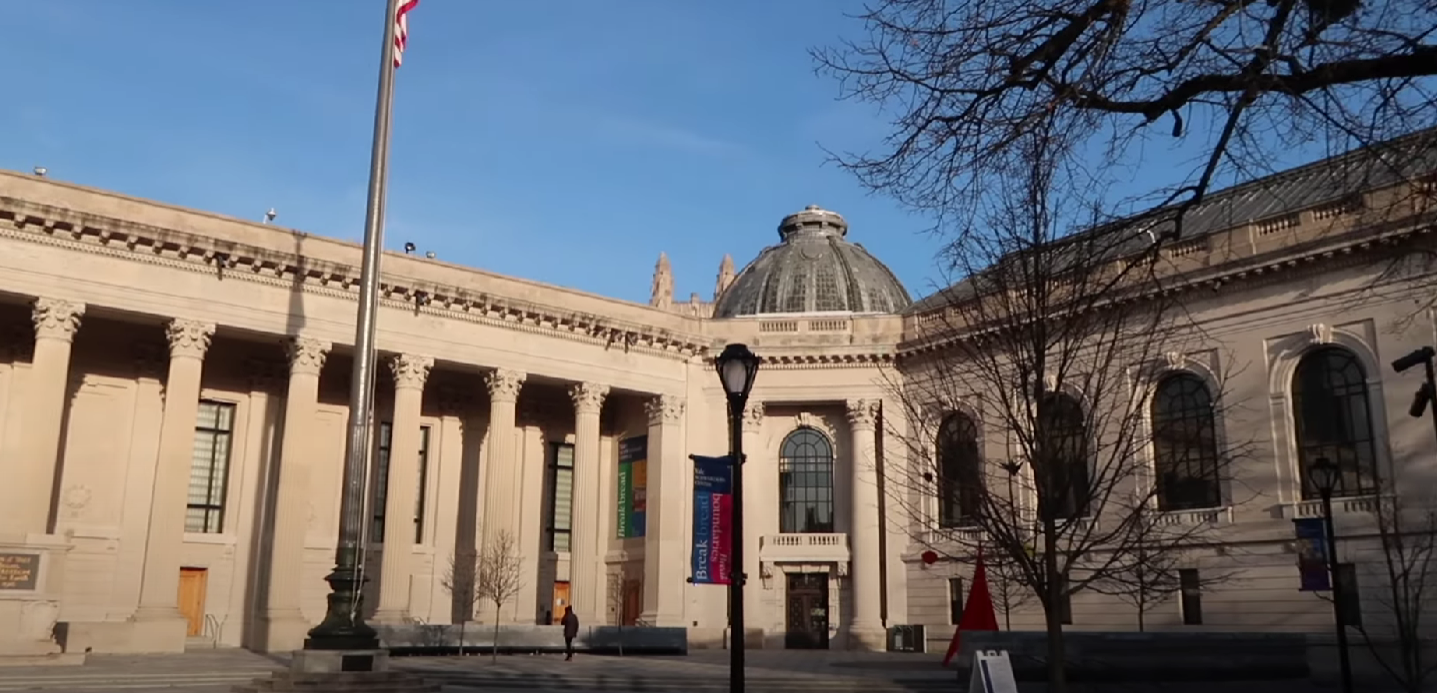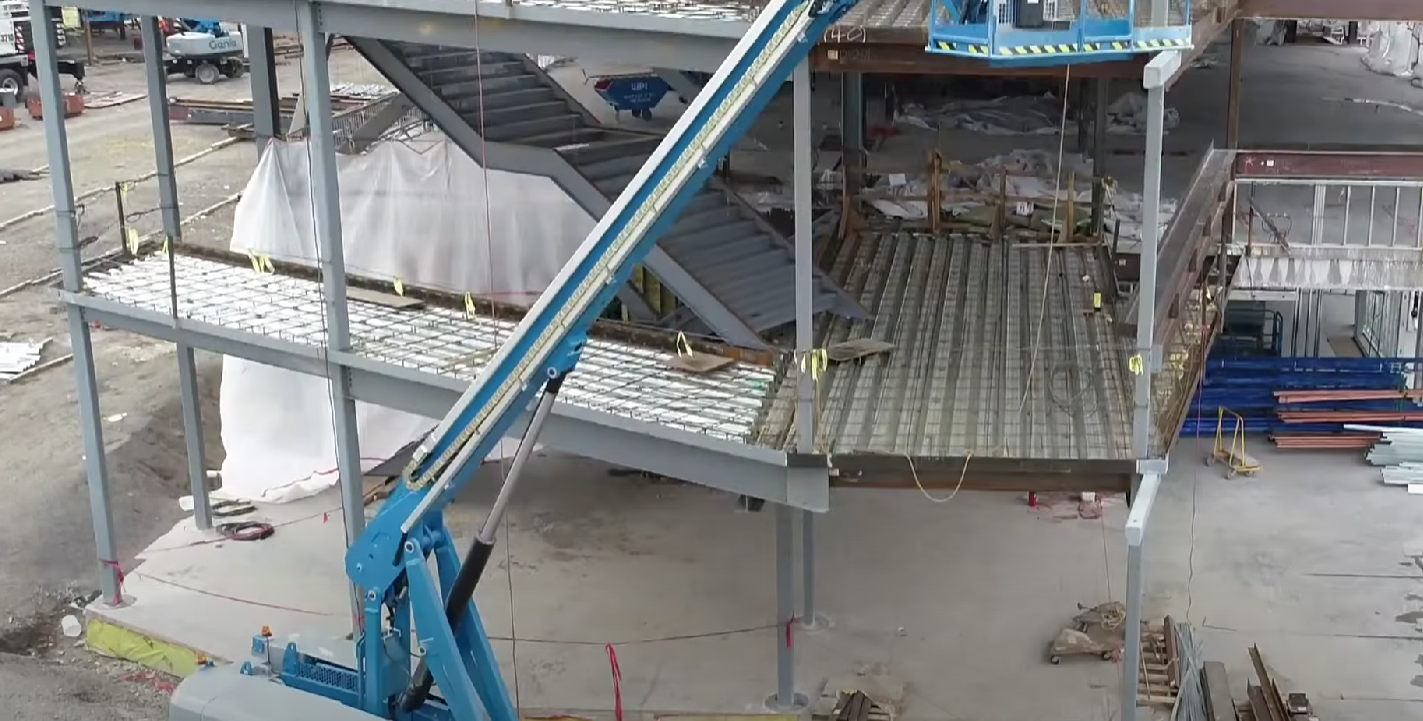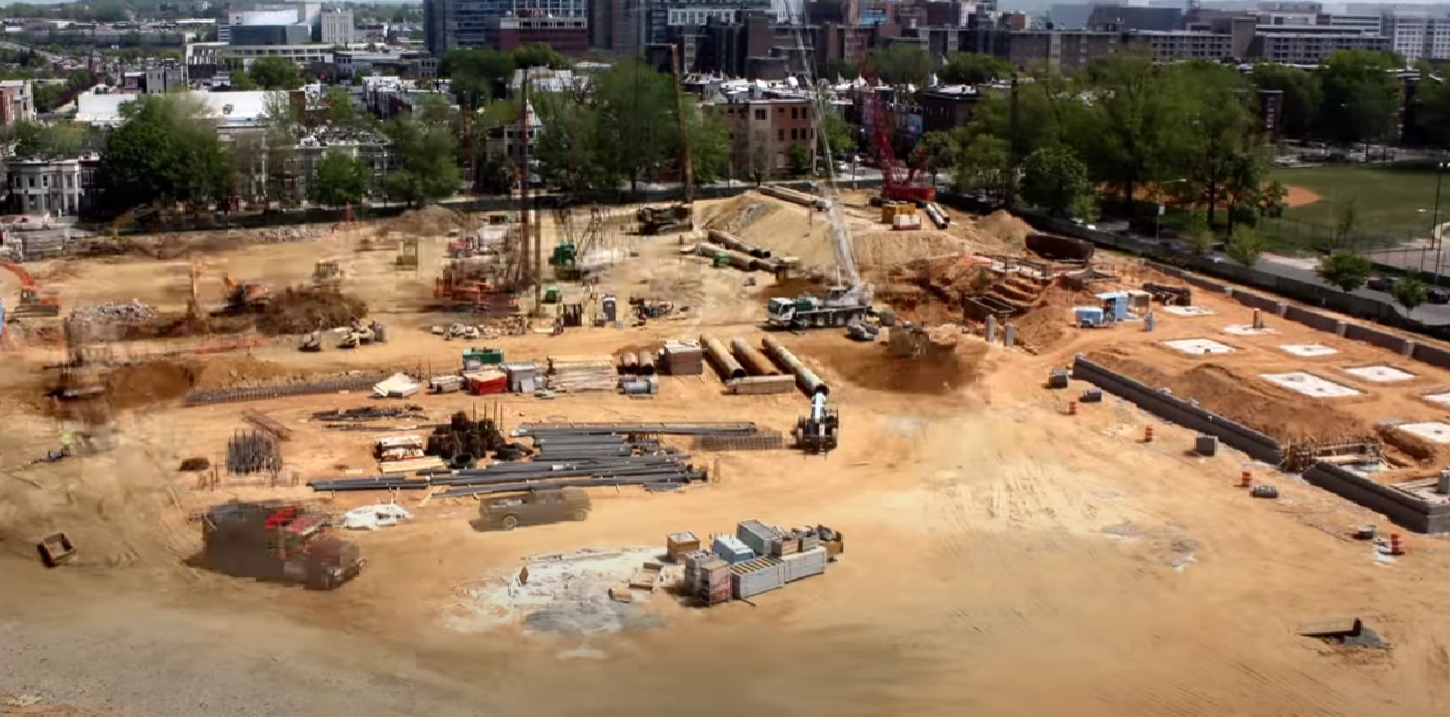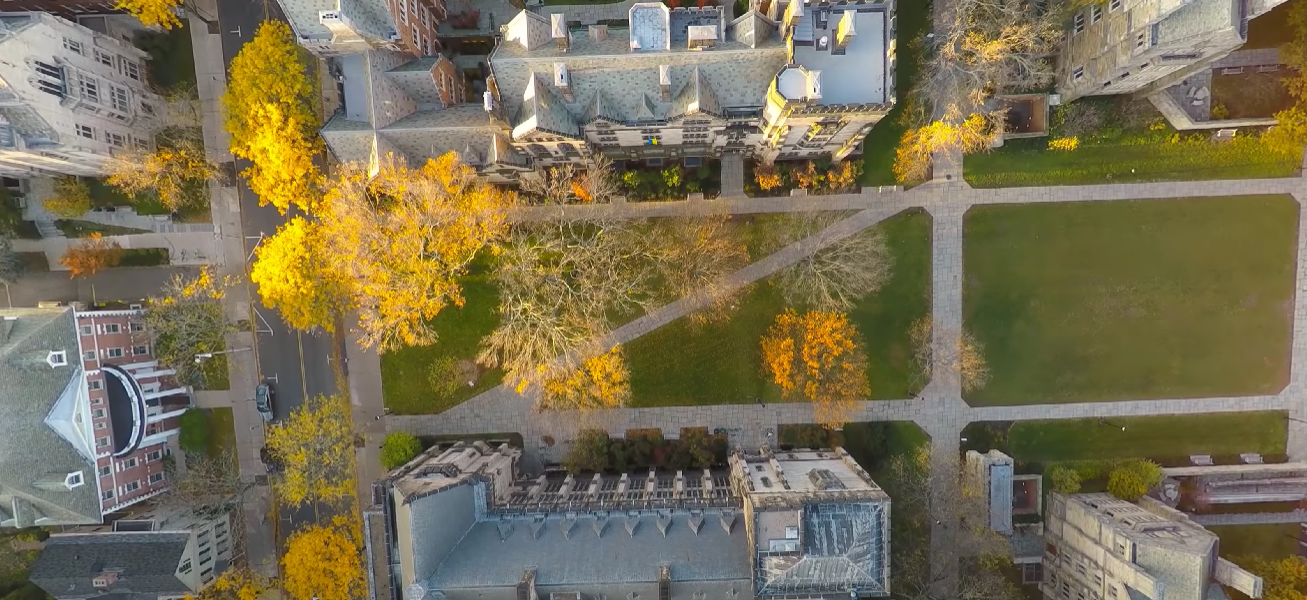Discovering the price tag of building a college can unravel the intricate dance between ambition and practicality. From awe-inspiring libraries to state-of-the-art laboratories, every brick holds the promise of education’s transformative power.
Here, we’ll show the budgets and blueprints and of building a college.
How Much Does It Cost to Build a College?
Determining the average cost of constructing a college is no simple task, as it heavily hinges on the specific type of building involved. The diverse offerings and distinct nature of each college contribute significantly to the overall expenses.
For instance, when it comes to tech and science lab facilities, the cost can soar to around $760 per square foot, reflecting the intricate equipment and cutting-edge technology required. On the other hand, general academic buildings demand a slightly lower budget, averaging around $580 per square foot.
As for dorm buildings, they tend to be more cost-effective, with an average cost of approximately $322 per square foot. These varying price ranges underscore the importance of considering the specific needs and requirements of each college building project.

What Impacts College Construction Costs?
The cost of constructing a college is influenced by various factors that encompass both the functional and aesthetic aspects of the campus. Understanding these factors is crucial for planning and budgeting purposes.
Several key elements impact college construction costs, ranging from the size and complexity of the buildings to the location and materials used.
The Size and Complexity of the Buildings
One of the primary factors influencing college construction costs is the size and complexity of the buildings themselves. Larger buildings require more materials and labor, resulting in higher costs.
Facilities such as lecture halls, laboratories, libraries, and athletic complexes can be particularly expensive due to their intricate design, specialized equipment, and extensive infrastructure needs.
Additionally, factors like the number of floors, the inclusion of amenities like elevators or advanced technology systems, and the architectural complexity all contribute to the overall complexity of the building and subsequently impact the cost.

The Location of the College
Building a college in a metropolitan area or a region with a high cost of living generally translates into higher construction costs. The availability and cost of land, permits, and local regulations can significantly impact the budget.
Furthermore, construction in remote or rural areas may require additional expenses for infrastructure development, such as roads, utilities, and accessibility, which can further drive up the overall cost.
The Choice of Materials and Finishes
High-quality materials, such as premium wood, steel, or energy-efficient materials, tend to be more expensive upfront but may offer long-term benefits in terms of durability and sustainability. Additionally, the selection of interior finishes, such as flooring, lighting, and fixtures, can significantly impact costs.
Luxurious or customized finishes often come at a premium, while more cost-effective options can help manage expenses.
The Timeline and Scheduling
Projects with tight deadlines or accelerated construction schedules may require additional resources, such as overtime labor or expedited material delivery, which can increase costs.

Moreover, unforeseen delays due to weather conditions, unforeseen site conditions, or changes in design can also impact the timeline and subsequently affect the budget.
The Infrastructure and Site Development Costs
These costs encompass site preparation, including land clearing, excavation, grading, and utility connections. Additionally, factors like parking lots, landscaping, sidewalks, and outdoor recreational areas must be considered when estimating construction costs.
External Factors
Economic conditions, such as fluctuations in labor and material prices, can impact project budgets. Inflation, changes in government regulations, and compliance with building codes and sustainability requirements also need to be considered.
Moreover, unforeseen circumstances like natural disasters or unexpected changes in the scope of the project can introduce significant cost variations.
By carefully considering these elements and conducting thorough planning and analysis, educational institutions can navigate the challenges and make informed decisions to ensure the successful completion of their college construction projects.

Who is Involved in the Construction of a College?
College construction projects involve a diverse array of professionals and stakeholders, each playing a crucial role in ensuring the successful completion of the undertaking. From initial planning to final execution, numerous parties collaborate to bring the vision of a new college to life.
At the forefront of college construction is the college administration and governing board. These individuals oversee the strategic decision-making process, including setting goals, establishing budgets, and determining the overall vision for the project.
Their guidance and leadership provide the framework within which the construction team operates.
Architects and architectural firms are vital contributors to college construction. They work closely with the college administration to develop the design and layout of the campus buildings, considering factors such as functionality, aesthetics, and adherence to building codes and regulations.
Architects collaborate with engineers and other specialists to create plans and blueprints that form the foundation of the construction process.

Construction managers and general contractors are responsible for overseeing the day-to-day operations of the project. They coordinate various aspects, including scheduling, budgeting, procurement, and managing subcontractors.
Construction managers play a pivotal role in ensuring that the project progresses smoothly and is delivered within the established timeframe and budget.
Specialized subcontractors and construction workers form an essential part of the college construction process. These professionals bring their expertise in areas such as electrical work, plumbing, HVAC systems [1], carpentry, and masonry.
Their skills and craftsmanship are instrumental in executing the architectural plans and ensuring the quality and functionality of the completed structures.
In addition to the professionals directly involved in the construction process, other stakeholders contribute to the project’s success. These may include interior designers, landscape architects, and sustainability consultants who focus on creating appealing and environmentally friendly spaces within the college campus.

Throughout the construction process, project managers and inspectors provide oversight and ensure that the work meets quality standards and regulatory requirements. They conduct regular inspections, monitor progress, and address any issues or deviations from the plans to maintain the project’s integrity.
Lastly, the college community itself also plays a role in the construction process. Their input and feedback may be sought during the planning stages to incorporate their needs and preferences into the design.
Moreover, their patience and cooperation during the construction phase are essential in minimizing disruptions and ensuring a smooth transition to the completed campus.
Conclusion
The cost of building a college is a formidable challenge. From the soaring heights of architectural marvels to the practical considerations of budgets, the journey reveals the delicate balance between ambition and resources.

